For years, scientists have studied the effects of various colors on the human mood, which is known as color psychology. Results have shown that different shades or hues have strikingly different effects, and specific classroom colors are more conducive to learning. Blue, for example, is soothing and calming, while red encourages excitement. So it’s important to consider color choice when decorating your classroom.
In this post, we’ll take a closer look at color psychology, how color can alter the mood of your classroom, and review some best practices that can help you to heighten creativity and improve focus.
Understanding the Effects of Colors
As we mentioned above, each color has a particular effect on mood. Red can create a sense of excitement and increase alertness. It also increases appetite and creativity. However, for individuals who suffer from anxiety, red can also be extremely upsetting. Blue, on the other hand, can suppress appetite, lower temperature, and create a calming environment.
Use the list below to see what effects certain colors can have:
- Yellow: Increases creativity and attention and instills a general feeling of positivity
- Orange: Can improve alertness
- Green: Peaceful and calm
- Purple: Peaceful and calm
- Brown: Can reduce feelings of fatigue and improve feelings of relaxation or make students feel more secure
- Off-White: Improves attention and instills feelings of positivity
- Red: Inspires alertness, excitement and creativity
Adjusting Colors in a Preschool Classroom to Improve Attention, Creativity or Rest
Within a preschool setting, color adjusting the room can help with many activities and tasks when working with young children who need direction, structure or calming. For instance, wearing an off-white shirt can help to improve their attention span, while using splashes of red around the art station can increase creativity and excitement. Meanwhile, quiet areas for naptime should be decorated with shades of green, purple, or blue to promote rest and a sense of peace and calmness within the room.
Inspiring Learning with Youth and Adults
Similar to how color can be used in classrooms for young children and infants, teachers who work with youth and adults can strategically decorate their classrooms to improve attention, creativity, and even feelings of security. If you spend most of your time lecturing and want students to be alert so they can take thorough notes, consider adding orange, off-white, or red to the room.
If your class involves hands-on work where students are asked to create or solve complex problems, then using colors like red or yellow can help to facilitate creativity.
Whatever your lesson plan involves, color can be used to instill learning and improve student performance. Keep in mind what effects colors have on mood in the classroom and plan your classroom decorating all colors and decorating carefully.
Did you know that classroom design can impact students’ attitudes and even the way they retain information?
To learn more, read our article, New Research Shows Positive Connection Between Classroom Design and Learning.
Scranton Products, a leading lockers manufacturer, manufactures low maintenance, aesthetically pleasing and durable lockers for school facilities. Learn more about Duralife school lockers, ideal for elementary, middle school and high school facilities.

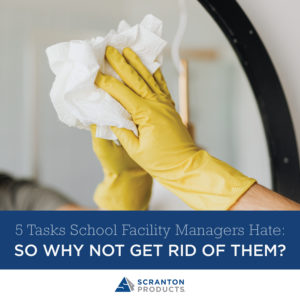


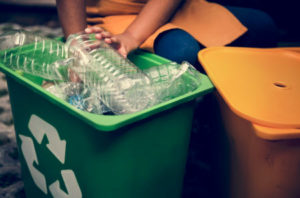 There’s no better way to rally students behind an idea than by making it competitive. Speak with administration to brainstorm an idea for a recycling contest that the whole school can get behind. Divide the student body into teams by grade. The key is to figure out the prizes. There can be anything from fun field trips to catered lunches. Once you’ve got the contest parameters and prizes figured out, hang up posters and flyers to invoke school spirit and the benefits of recycling.
There’s no better way to rally students behind an idea than by making it competitive. Speak with administration to brainstorm an idea for a recycling contest that the whole school can get behind. Divide the student body into teams by grade. The key is to figure out the prizes. There can be anything from fun field trips to catered lunches. Once you’ve got the contest parameters and prizes figured out, hang up posters and flyers to invoke school spirit and the benefits of recycling.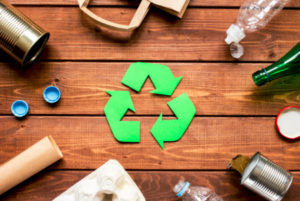 Recycling is a two-way street, and while it’s important to recycle your products, it’s equally as important to utilize products that have already been recycled to keep the green momentum going. There are a variety of materials that can be used to help you complete this process. Considering replacing your current
Recycling is a two-way street, and while it’s important to recycle your products, it’s equally as important to utilize products that have already been recycled to keep the green momentum going. There are a variety of materials that can be used to help you complete this process. Considering replacing your current 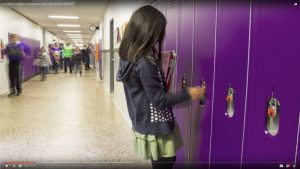
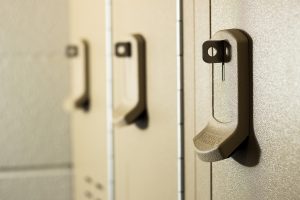
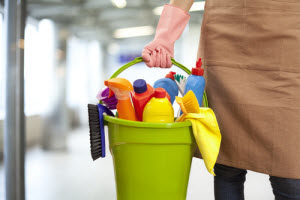 It’s important to give your hallways a thorough cleaning before the school year begins. Most germs and bacteria are picked up through foot traffic, and more often than not, those germs end up in the hallways. Utilizing a strong disinfectant cleaner can help combat the spread of germs. However, there are green cleaning products on the market that can help you achieve germ removal and still keep harmful chemicals from contaminating the air.
It’s important to give your hallways a thorough cleaning before the school year begins. Most germs and bacteria are picked up through foot traffic, and more often than not, those germs end up in the hallways. Utilizing a strong disinfectant cleaner can help combat the spread of germs. However, there are green cleaning products on the market that can help you achieve germ removal and still keep harmful chemicals from contaminating the air.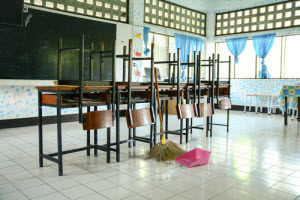 Be sure to check your air and water quality to see if it’s up to code. Find a water tester in the area to help you conduct these routine tests so you can see where the quality lies. If the result isn’t as high as you’d hoped, consider replacing the filtration system. When it comes to air, there are several ways that you can do your part increase the quality. Consider getting indoor plants, utilize
Be sure to check your air and water quality to see if it’s up to code. Find a water tester in the area to help you conduct these routine tests so you can see where the quality lies. If the result isn’t as high as you’d hoped, consider replacing the filtration system. When it comes to air, there are several ways that you can do your part increase the quality. Consider getting indoor plants, utilize